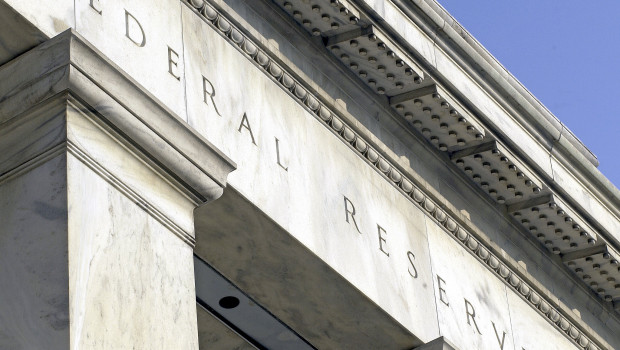Consumer sentiment steady in mid-April but inflation expectations jump, University of Michigan says

Consumer sentiment in the US was little changed even as inflation expectations moved up sharply, the results of a closely followed survey revealed.
The University of Michigan's headline consumer confidence index came in at 63.5 for mid-April, which was up from 62.0 at the end of March.
Economists had anticipated a dip to 61.8.
According to Joanne Hsu, the survey's director, improved sentiment among lower-income households was compensated for by a deterioration among higher income ones.
"While consumers have noted the easing of inflation among durable goods and cars, they still expect high inflation to persist, at least in the short run. On net, consumers did not perceive material changes in the economic environment in April," she explained.
A sub-index tracking views on current economic conditions ticked higher from 66.3 to 68.6 while that for expectations edged up from 59.2 to 60.3.
Inflation expectations looking 12 months ahead however surged from 3.6% to 4.6%.
"Uncertainty over short-run inflation expectations continues to be notably elevated, indicating that the recent volatility in expected year-ahead inflation is likely to continue," Hsu said.
Expectations for inflation over the long run however were "remarkably" stable, printing at 2.9% for a fifth month in a row, having remained in a range of between 2.9% and 3.1% for 20 out of the last 21 months.
"The data are often revised by the time of the final release. But with near-term expectations for inflation still elevated and volatile, that is an additional reason, at the margin, for the Fed to press ahead with additional rate hikes," commented Michael Pearce, US economist at Oxford Economics.
According to Olivia Cross, assistant economist at Capital Economics, the rise in 12-month price expectations might be due to the 4.8% gain in gasoline prices thus far in April.
"The absence of a hit to confidence in April supports the idea that the banking turmoil hasn't delivered an immediate big hit to consumption," she added.
"But consumer confidence is still incredibly depressed and running at recessionary levels."
"[...] But the tightening in bank lending standards will probably deal the bigger hit to consumer spending."
For his part, Kieran Clancy at Pantheon Macroeconomics said that the key gauge that the Fed was watching in the survey for any signs of a wage-price spiral was the sub-index for inflation 5-10 years ahead.
"Though we think that if that was ever going to happen, it would have emerged in early 2022, when wage growth was running at almost 6% year-over-year," he said in a research note sent to clients.
"But it didn’t, and wage growth has slowed sharply since then, with March average hourly earnings up only 4.2% year-over-year. Moreover, falling food and gas inflation points to a downshift in expectations over the next few months, reversing the 2021-to-22 story."